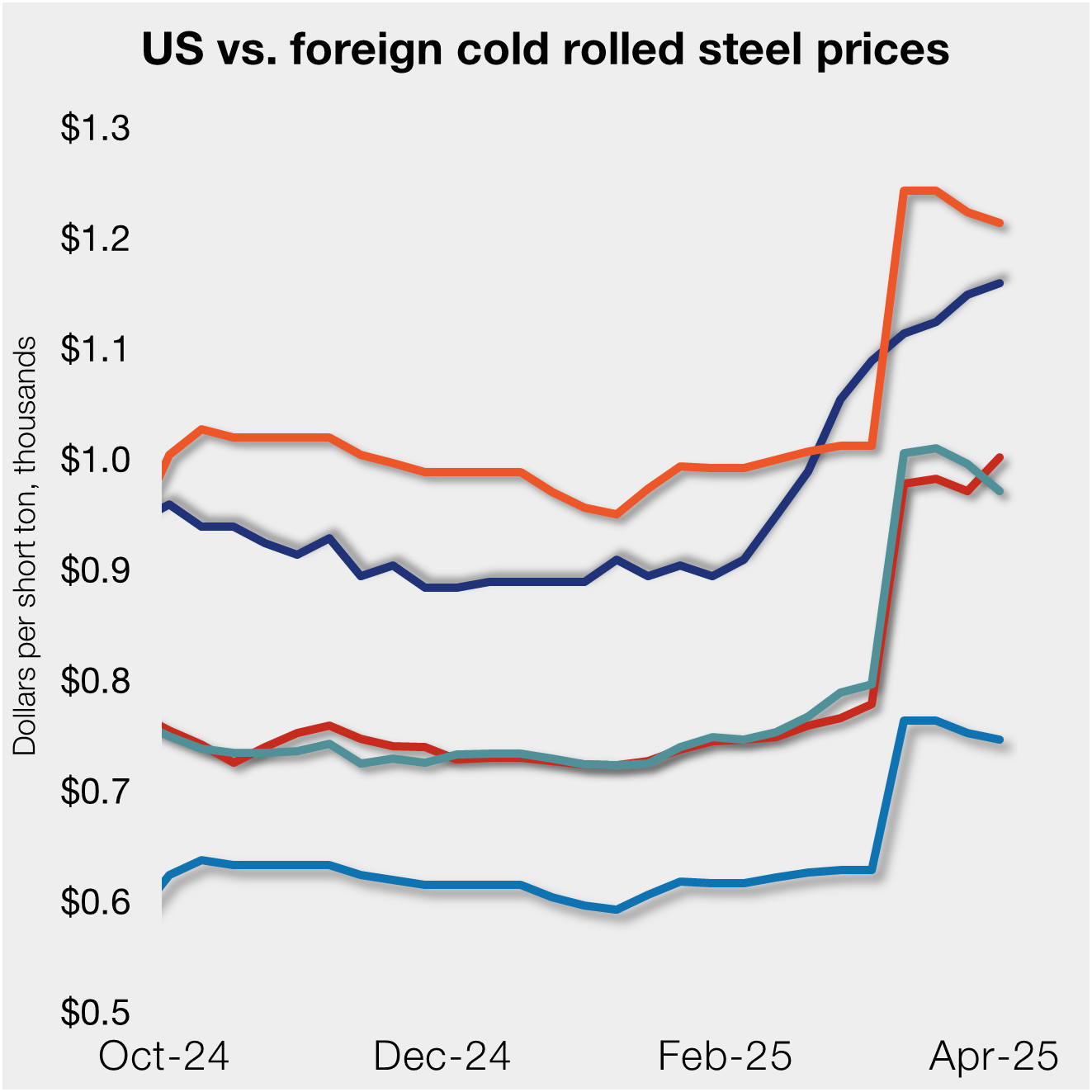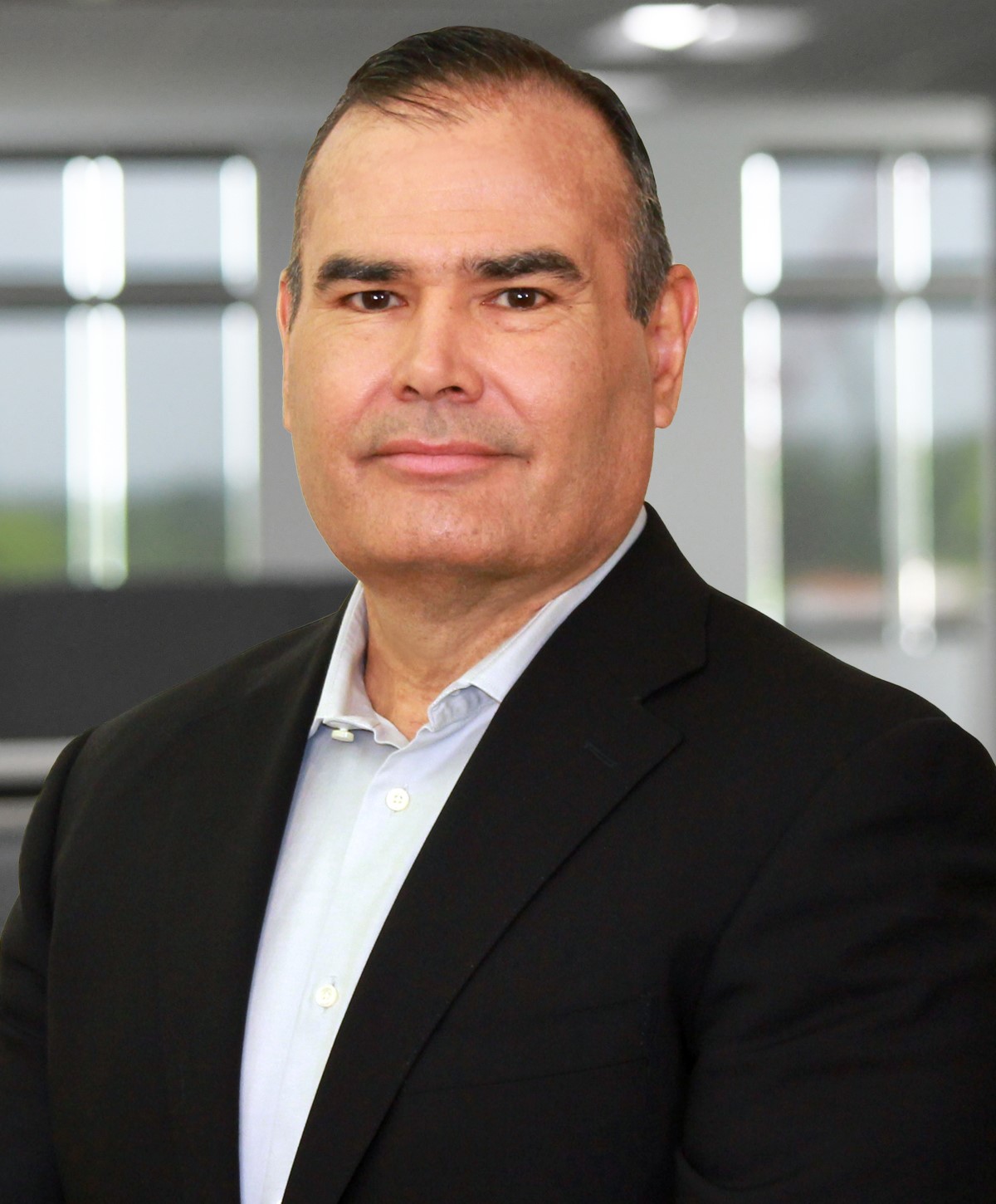Steel Products

Economist Beaulieu Discusses Inflation, Demand, Business Cycle
Written by John Packard
June 15, 2021
We are all concerned about the economy. Is inflation going to return to the devastating levels seen in the late 1970s and early 1980s (for those of you who were not around at the time, we saw interest rates rise to the high teens/low 20s)? When will demand ease and what are the implications for steel prices once it does? Where are we in the business cycle and what should my company be doing to prepare for 2022 business conditions?
Steel Market Update asked Alan Beaulieu of ITR Economics to briefly answer these questions and to prepare us for what he will discuss during his presentation at this year’s SMU Steel Summit Conference.
Here’s what he had to say:
 Inflation, demand and prices are on the minds of business leaders in many industries and especially in the steel industry, given its primacy to many industries.
Inflation, demand and prices are on the minds of business leaders in many industries and especially in the steel industry, given its primacy to many industries.
Inflation
Inflation is a major concern, and many people understandably wonder if this is the beginning of a larger inflationary trend that will mimic the late 1970s/early 1980s. The answer is “no.” Then the question shifts to whether we have initiated a systemic inflationary trend that will ignite interest rates. The answer is “not yet.”
Steel prices are a function of supply and demand, with most of each coming from forces in the private sector. There are indications of a lessening in the demand pull later this year and that supply issues will improve. This will naturally lead to a noticeable reduction in pricing pressures. We will be discussing the reasons for these changes, and the expected impact on prices, at the August SMU Steel Summit Conference.
Demand
Demand for houses, automobiles and a host of other consumer and business durables is booming. The appetite seems insatiable, yet that is never the case. It is always a case of when demand will ease (normalize), not if there will be a shift in demand. There are early leading indicators of a shift in the demand curve, including changes going on in China. Expect the change to occur gradually, but you should be experiencing fewer demand-pull pressures later this year and as we move through the early stages of 2022. The reasons and the implications for your business and prices will be presented at the SMU Steel Summit Conference.
Business Cycle
Most firms are in Phase B of the business cycle. Business is accelerating, and there are internal and external pressures to contend with. Cash and inventory levels must be balanced while looking for that elusive next hire. The hiring situation should improve later this year, which will help with some of the internal pressures. The larger concern is overestimating the inventory and production requirements for 2022. It is best to think in terms of a more normalized rate of growth in 2022.
More information on ITR Economics and on our forecasts and accuracy can be found at itreconomics.com.
You can see Dr. Beaulieu at the 2021 SMU Steel Summit Conference, which will be held live and in-person in Atlanta on Aug. 23-25. You can learn more about the conference and how to register by clicking here or going to the Steel Summit homepage: https://www.events.crugroup.com/smusteelsummit/home

John Packard
Read more from John PackardLatest in Steel Products

US CRC prices move ahead of imports
US cold-rolled (CR) coil prices moved higher again this week, while offshore prices were mixed.

SMU flat-rolled market survey results now available
SMU’s latest steel buyers market survey results are now available on our website to all premium members. After logging in at steelmarketupdate.com, visit the pricing and analysis tab and look under the “survey results” section for “latest survey results.” Past survey results are also available under that selection. If you need help accessing the survey results, or if […]

SMU scrap market survey results now available
SMU’s ferrous scrap market survey results are now available on our website to all premium members. After logging in at steelmarketupdate.com, visit the pricing and analysis tab and look under the “survey results” section for “ferrous scrap survey” results. Past flat-rolled survey results are also available under that selection. If you need help accessing the survey results, […]

Don’t miss next week’s Community Chat with Algoma Steel CEO Michael Garcia
Algoma Steel CEO Michael Garcia will be the featured guest on SMU’s Community Chat webinar on Wednesday, April 9, at 11 a.m. ET. Register here for free to join the timely conversation. As a key Canadian flat-rolled steel producer and supplier to the US, Algoma can offer valuable insight into the evolving tariff landscape — its challenges […]

AISI: US steel shipments decline in February
Domestic steel shipments decreased month over month and year on year in February, according to the latest data from the American Iron and Steel Institute (AISI).
